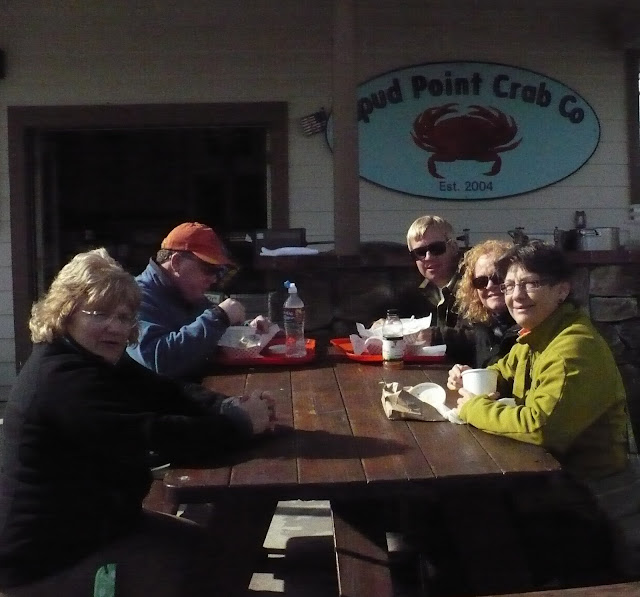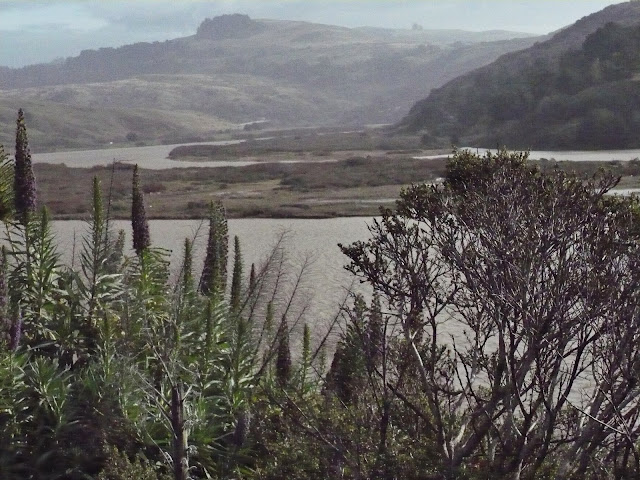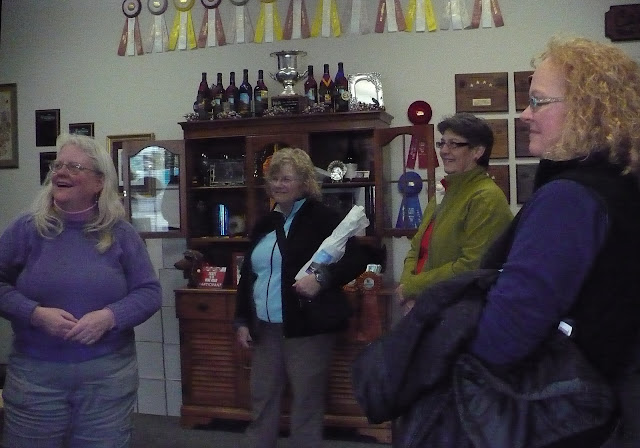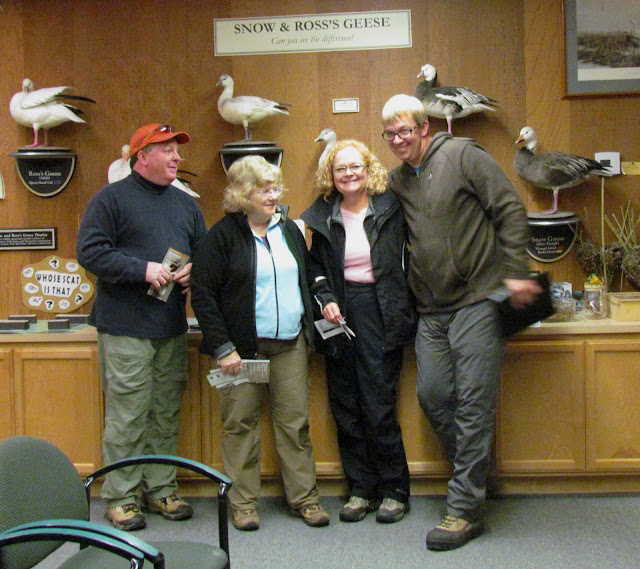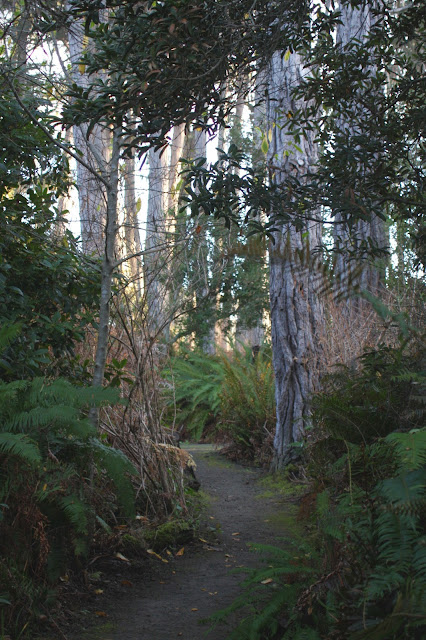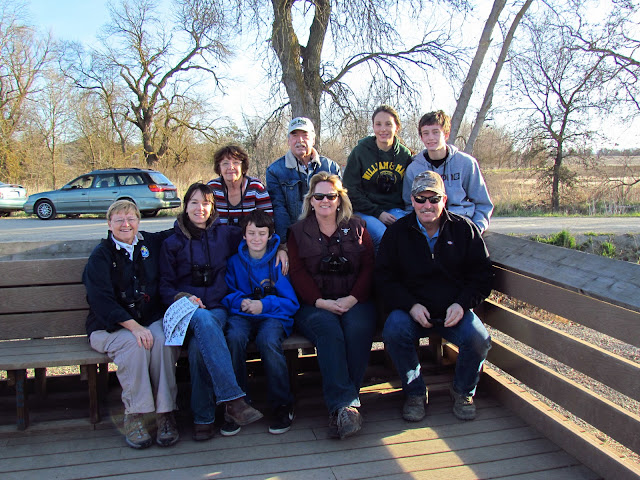When I checked the parks and gardens near where I was in Fort Bragg, CA on my visit to the coast, I found I was very near a botanical garden, I love them and often visit them with my friend, Natalie. Last year we even took a vacation to visit several gardens including the Missouri Botanical Garden, a definite must-see one.
As soon as I entered the parking lot, I was immediately blown away by the landscaping. Even in winter, there was lots of excitement and textural interest from mostly grasses and shrubs. A few shrubs were blooming wildly. I decided it was probably worth a few hours of my time to visit the garden proper. I took my little camera and immediately started taking pictures. After several minutes, I got to the entrance and paid $10 for my ticket to visit.
The docent gave me a map of the gardens and told me that they have collections of camellias, rhododendrons, including tender scented ones from cloud forests, old hybrid ones, and a collection of ones that grow well locally. Other collections include the heath/heather collection, fuchsias, dahlias, begonias, native plants and a vegetable garden/orchid. They also have a wonderful little nursery with lots of different plants to sell. And the grounds themselves are a wonderful mix of forest, coastal plain, and formal gardens.
These pictures were taken in the parking lot.
The original forested area has been left and enhanced with understory shrubs and ferns. It makes for a serene time on this trail.
The
rhododendron garden is in the shade of trees as well as out in the open more. Only a few of them had any blooms.
I was totally blown away by the heather garden. I kept coming back from different angles and falling in love and lust all over again. The landscaping is just so perfect with the color combinations and the soft mounds undulating through the garden. And I loved the subtle changes in textures here.
There is a lot of
sculptures in the garden. They are all for sale.
This garden is famous for it's
Camilla collections. Right now, that beauty is only a promise.
They have a wonderful succulent garden here. I was totally unable to do it justice.
And the
perennial garden is also totally off the wall.
The overriding theme of this garden was texture. It was everywhere I looked. Almost no plants were alone but with plants that complemented their color and texture.
Another important collection is their
fuchsias. I was wowed by a shrub at least three and a half feet high and five feet across. There were many other large fuchsias there. Obviously the ones I use to buy in the fall and throw out in the spring were babies struggling for life in a hostile environment.
I was charmed by the children's garden. These eggs, big enough to hold a two year old human hatchling, were my favorites, but they had a native teepee, a sandbox, and a place to hunt for dragonflies among other fun places to be.
I heard and saw robins all day but this one plopped down on a bench just in front of me and posed. So I had to take his picture. Over 150 species have been documented here.
This little garden shed was also charming. It is near the
vegetable garden and apple orchid. The original owners grew apples and potatoes here. The garden was mostly dormant but had some beautiful greens growing. And the texture theme is carried out here as well.
After you walk out through the forest, you come to the coastal plain and get to see this view. I could have stayed here for hours watching the waves. In fact, I shot bursts of the waves coming in to catch the best sprays. Then I spent more hours deleting most of them.
Here is the map of the gardens. Notice the different habitats here. The original backbone of the land is intact and helps set the structure of the garden. And many of the changes to the land are from many years ago, so appear part of the normal California flora.
I ended up staying here until the garden closed at 4:30P. I'm definitely going back just before I leave to get another garden fix. I ran two cameras out of batteries and want to go back with my macro lens for better pictures. And I'm advising that this garden should be on your top 100 gardens to visit before you die.
The staff are also starting a collections of plants native to this area of California. This will be a great resource to people wanting to grow natives and for people wanting to learn the names of the plants they see in the natural areas.
And there's MORE! This is a great whale watching site and should be wonderful in February.



